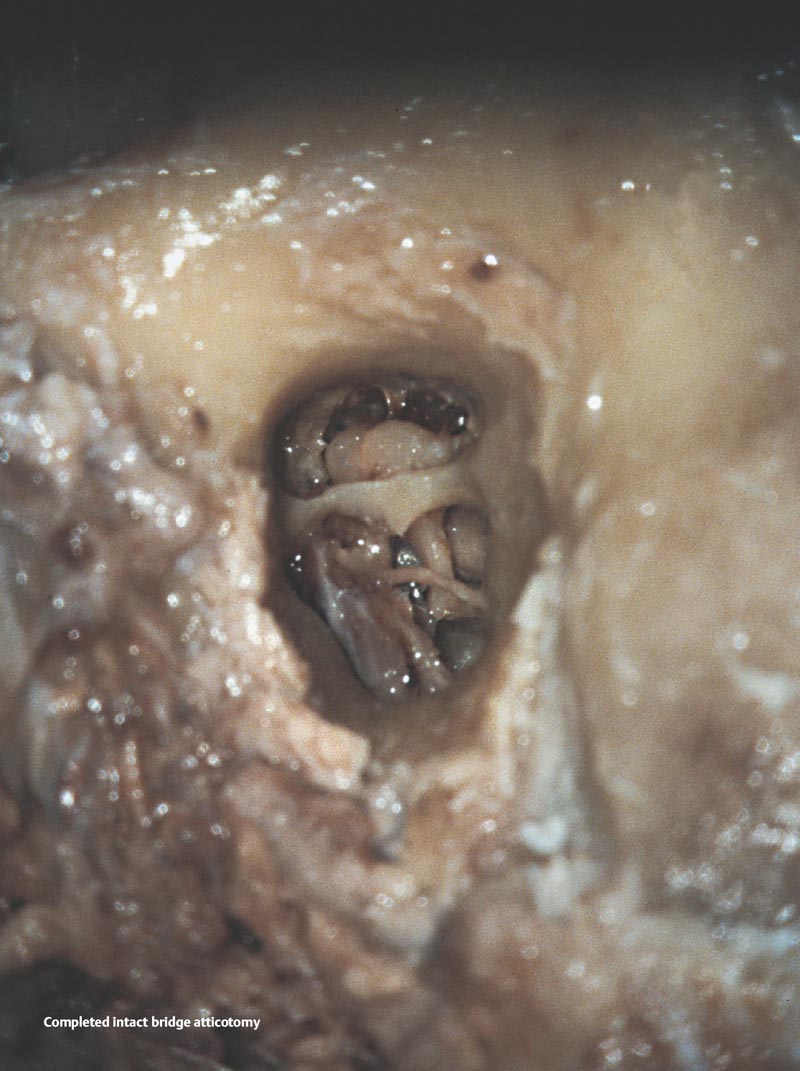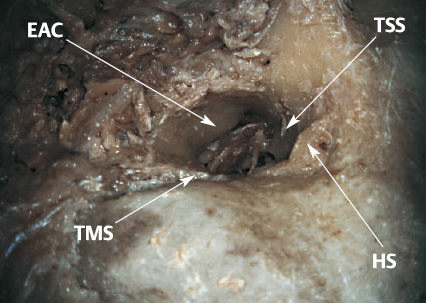14 Intact Bridge Atticotomy Exposure of the attic by removal of its lateral wall through the enlarged external auditory canal, while creating a bony bridge close to the tympanic membrane. An intact bridge atticotomy is mainly used in the surgery for chronic otitis media with cholesteatoma. The soft tissues have been dissected from the lateral surface of the temporal bone, exposing the external auditory canal. The temporal bone is ready for the intact bridge atticotomy procedure. The bony sutures and spine encountered during this approach are indicated in the figure. EAC: External auditory canal HS: Henle spine TMS: Tympanomastoid suture TSS: Tympanosquamous suture Using a medium-sized cutting burr, Henle spine and the tympanosquamous suture are removed. The lateral part of the superior wall of the external auditory canal is drilled, as in the canalplasty procedure, resulting in the enlargement of the canal superiorly. II: 3–4mm cutting burr MIL: Henle spine Next, the lateral wall of the attic is drilled and a small opening into the attic is made anteriorly, by means of a small cutting or diamond burr. During this stage, it is extremely important not to let the burr touch the ossicles in the attic. II: 1–2mm cutting or diamond burr MIL: Incisura Rivini CT: Chorda tympani IR: Incisura Rivini LPI: Long process of incus SC: Scutum SD: Stapedotomy drilling TMF: Tympanomeatal flap Definitions and Tips
Definition
Indications
Anatomical Orientation
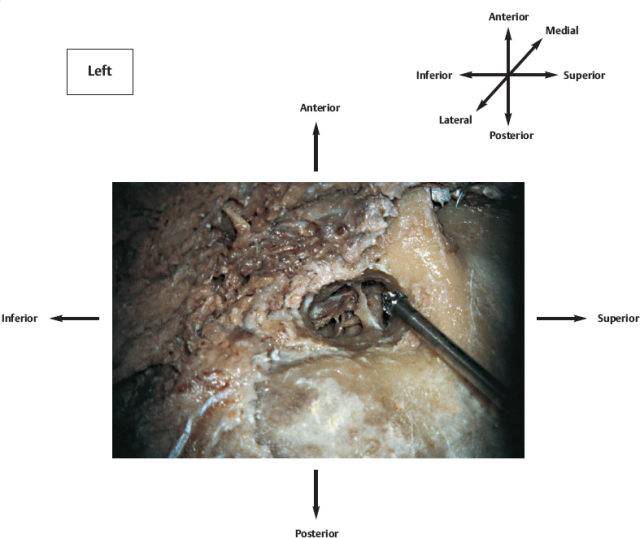
Surgical Steps
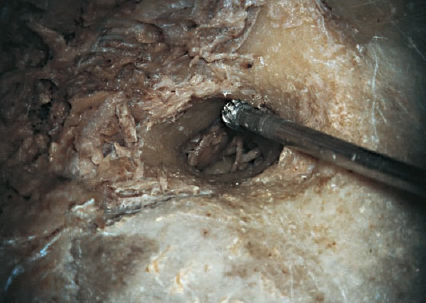
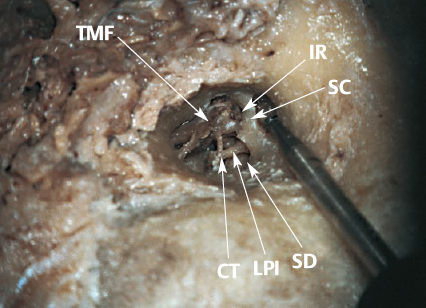
Intact Bridge Atticotomy
Only gold members can continue reading. Log In or Register to continue

Full access? Get Clinical Tree


